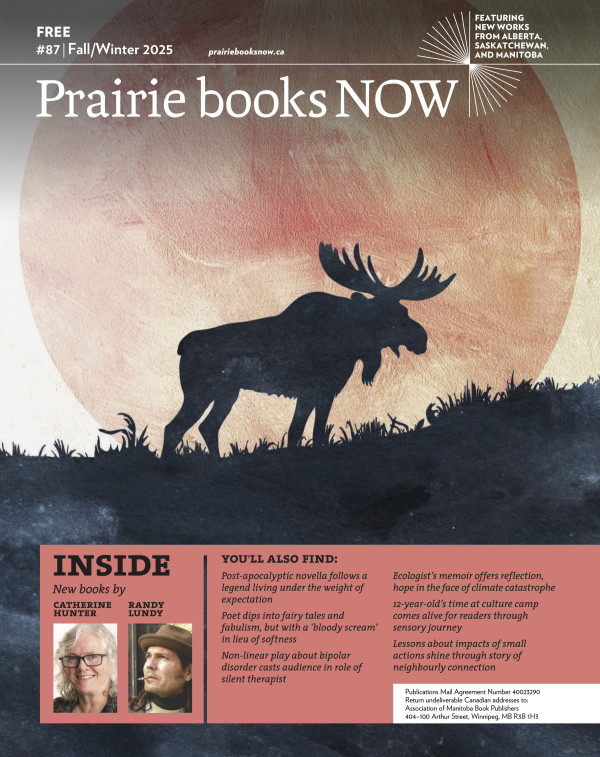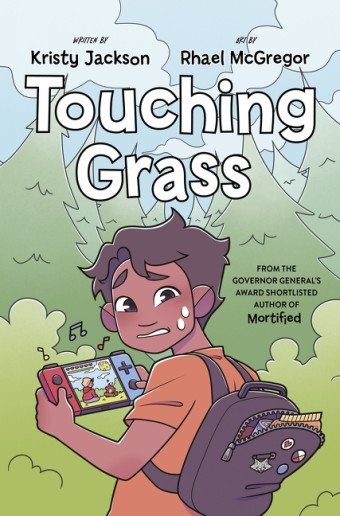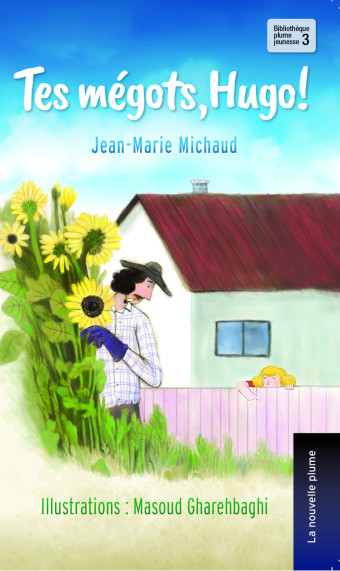A subversive villain and a love of trees come together to create an unsettling read in Edmonton-based Alison Hughes’s new novel, In the Forests of the Night, her first foray into the fantasy genre.

- In the Forests of the Night
- Alison Hughes
- Cormorant Books
- $14.95 Paperback, 216 pages
- ISBN: 978-17-70867-85-7
While the novel is written as a standalone, a few unresolved threads suggest the possibility of more adventures to come in a future sequel. The award-winning author of more than 20 books for children and young adults, Hughes drew on her extensive experience with middle years readers in crafting this novel.
“I think there’s sometimes a difference between what adults expect in content for middle grade readers, and what the kids themselves expect. Many of them are sophisticated readers (and gamers) who embrace grim and gripping storylines,” she explains. “[This book] is for those kids looking for an urgent, high-stakes, life-or-death kind of story.”
Written for ages nine to 12, In the Forests of the Night follows the adventures of 12-year-old Ellis, an orphan in a world where blight has killed almost all of the trees, leaving behind an arid wasteland.
When Ellis is put in charge of Pip, the orphanage’s silent new arrival, they and their connection to a “Ghost Tree” in the schoolyard capture the interest of Mother Dear, a scientific genius eager to both dominate and destroy the natural world.
One of the most interesting elements of the story is the character Mother Dear – an unpredictable villain that turns reader expectations on their head.
“I wanted to root evil in the least likely, most surprising of places,” says Hughes. “Enter Mother Dear, whose fearsome reputation precedes her, but who turns out to be an innocuous, ordinary, stretchy-pants-wearing, middle-aged woman (but also an evil, brilliant, twisted, megalomaniac scientist-villain).”
Gender was also an important consideration for Hughes’s villain. “Most villains [in stories] tend to be male, and that was something else I wanted to upend,” she explains.

“And with a female villain, particularly one with a god-like complex of forging a new world based on her own creations, it seemed really interesting to add a mother element as well, one that warps the idea of maternal nurture and care into one of brutality and power.”
Humanity’s relationship to nature – both nurturing and destructive – are central to the story’s themes, with a particular focus on the perspective of trees.
“I wanted to try to get outside of human-centred ways of looking at the world,” says Hughes. “Trees were a great symbol of nature’s long view, its cycles of growth and regeneration.”
A source of comfort, strength, and even direct assistance throughout the story, trees are at the centre of the world’s magic system – and its mysteries.
“I chose to write about the sanctuary that nature provides because that’s how I experience nature,” Hughes explains.
“Nothing could make me happier than if a child reader looked at a tree a little differently because of reading this book.”












